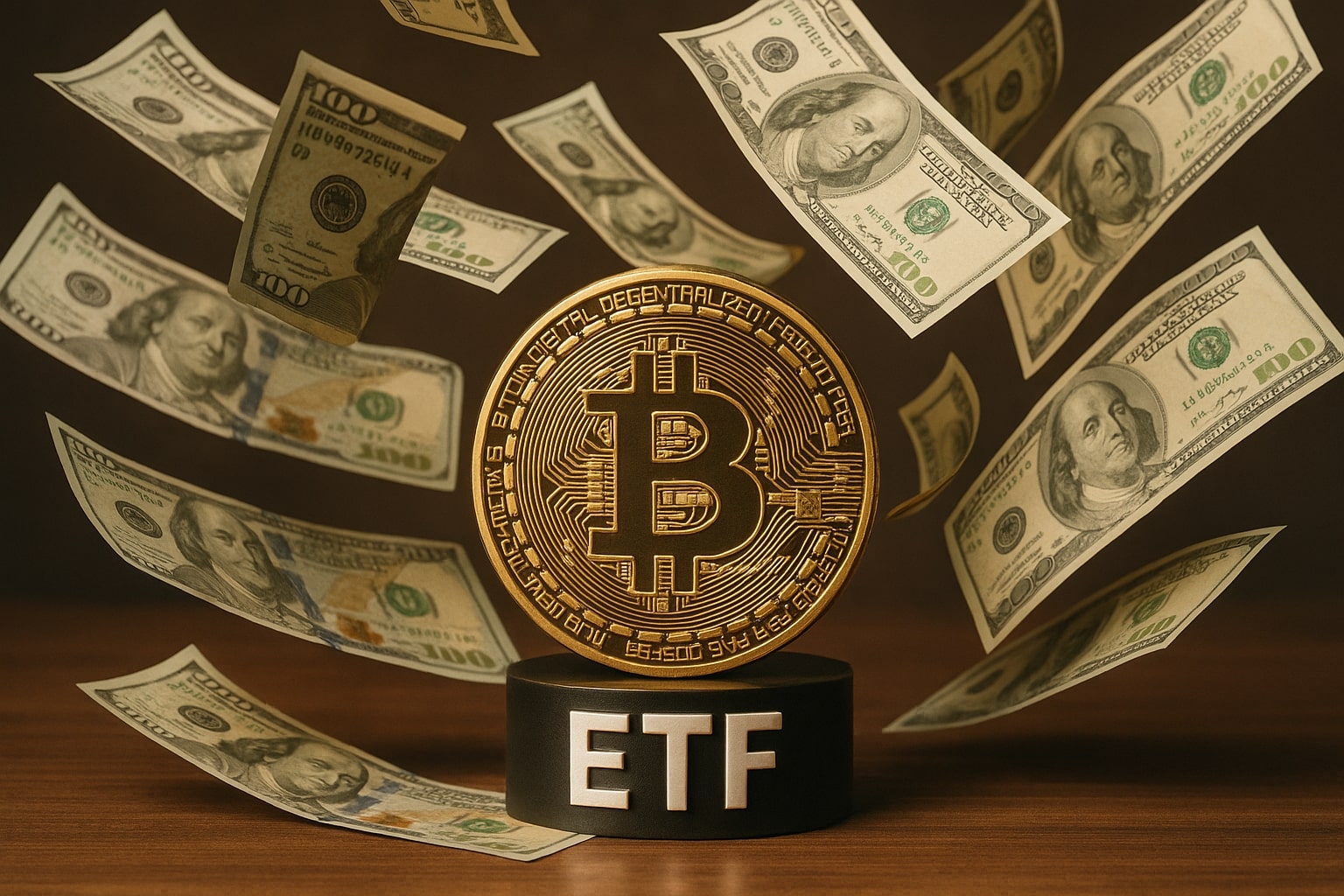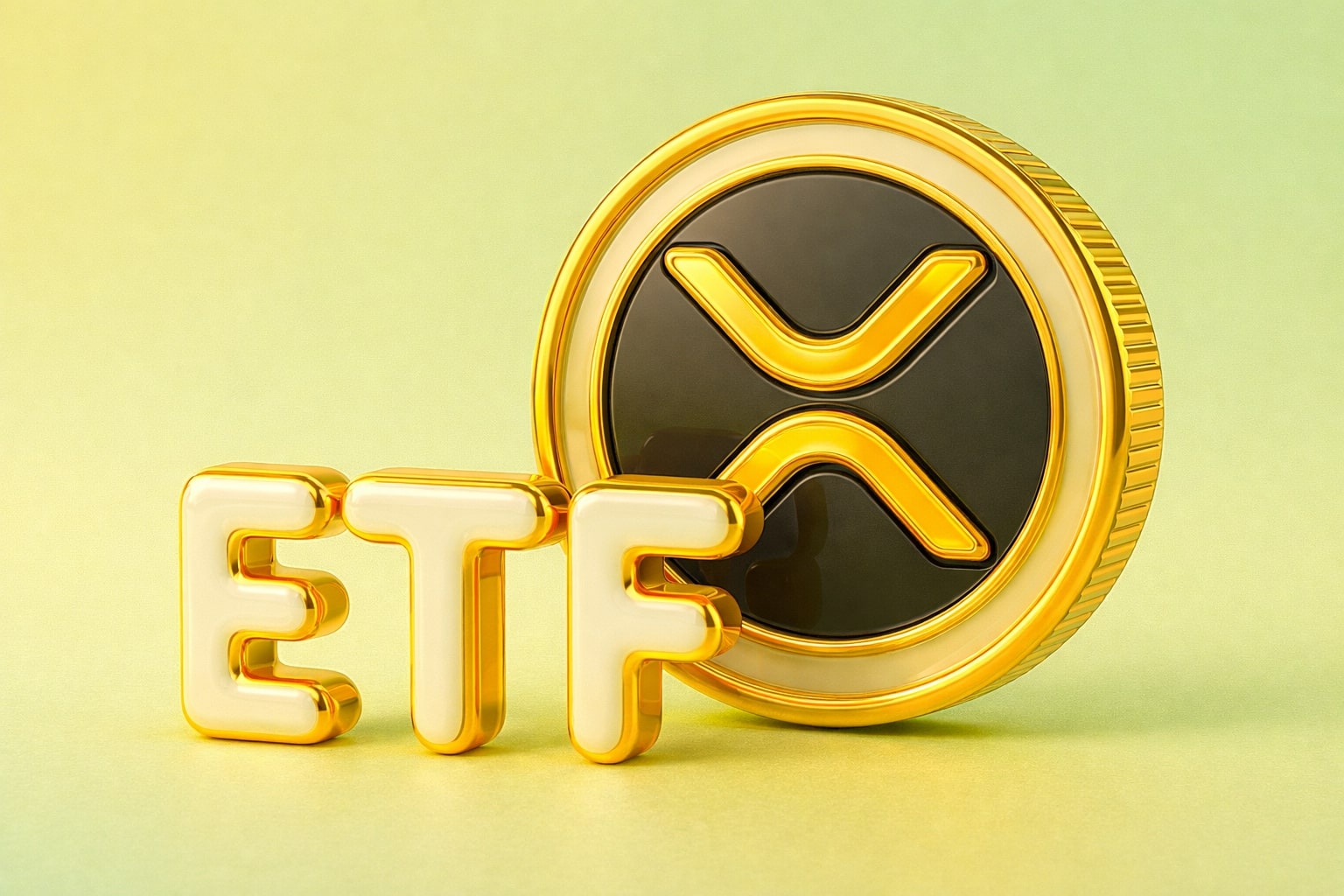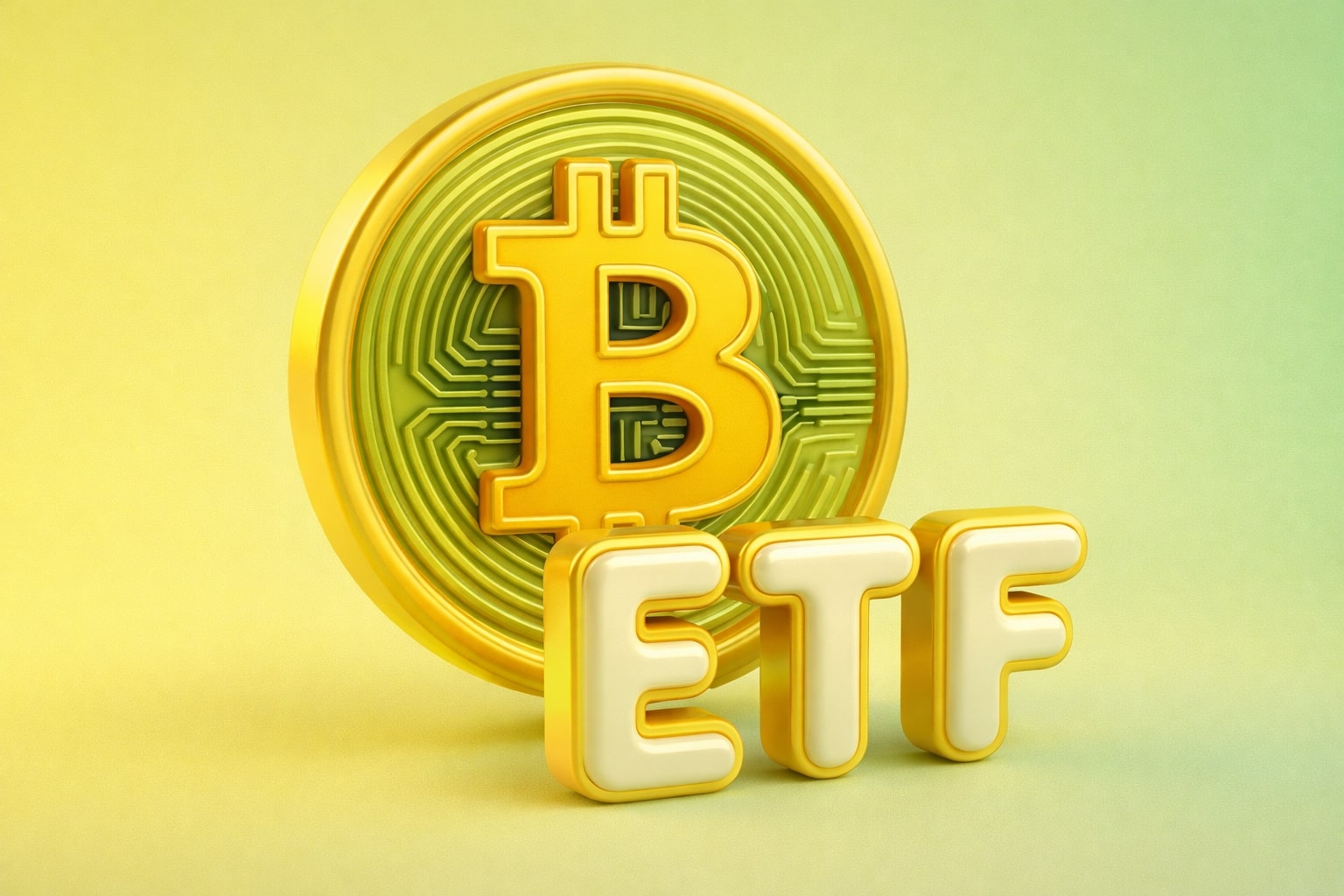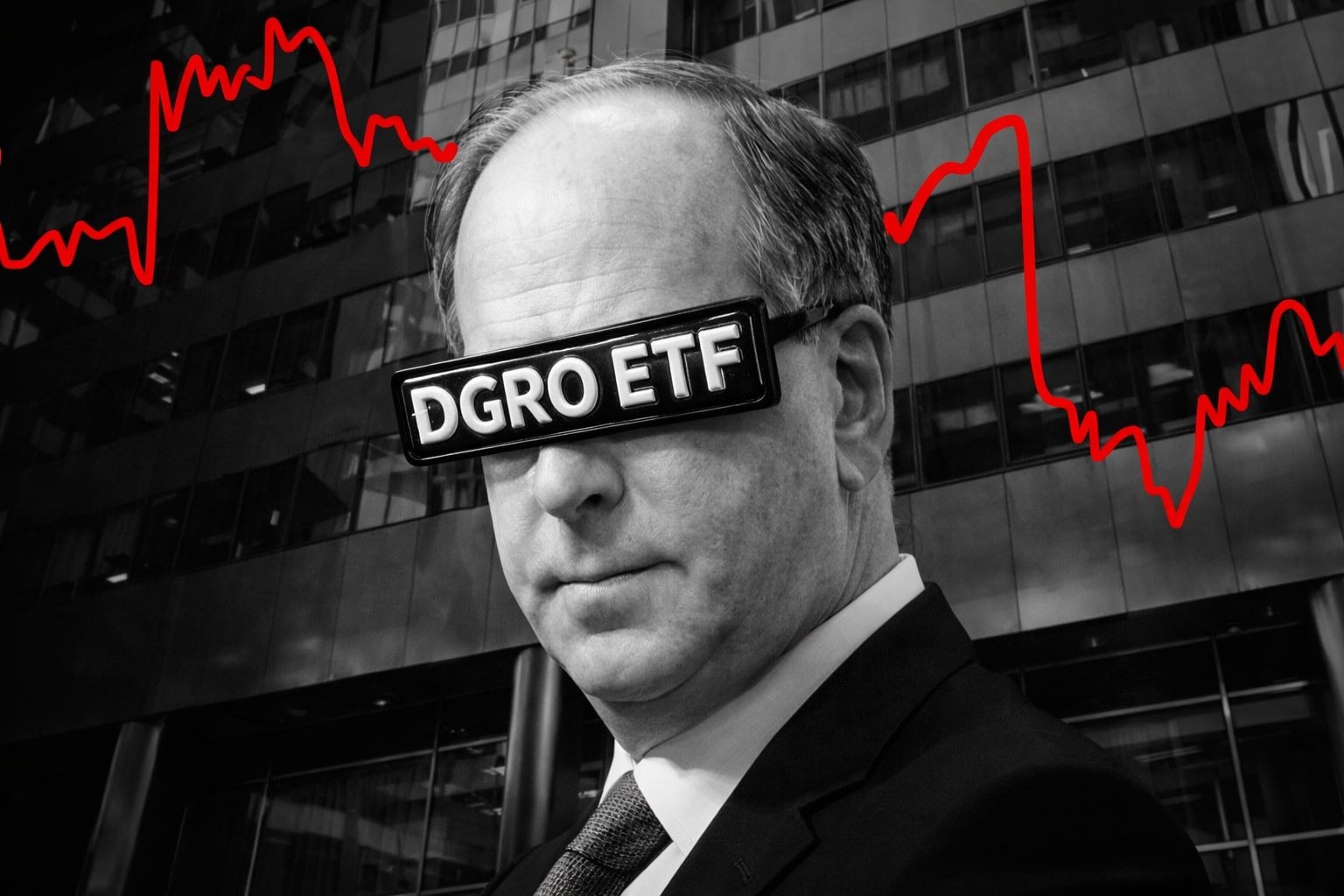Bitcoin ETFs: Navigating the Landscape of Recent Inflows and Market Momentum
Bitcoin ETFs have seen a remarkable surge in investment flows recently, with Bitcoin ETF inflows hitting $1.8 billion in the past week alone. This comes on the back of significant momentum building in the Bitcoin (BTC-USD) market. However, despite the positive inflows, there is a crucial question: What is holding back Bitcoin ETFs from achieving their full potential? Let’s dive into the data and uncover the intricacies behind these figures.
Institutional Interest: The Key Driver of Bitcoin ETF Flows
The inflows into Bitcoin ETFs have seen a significant uptick recently, signaling a renewed institutional interest in the cryptocurrency market. A remarkable $1.8 billion in inflows were recorded for Bitcoin ETFs in the U.S. in just one week, according to Farside Investors' data. BlackRock's iShares Bitcoin Trust (IBIT) was a significant player in this surge, seeing a whopping $2.48 billion in inflows. However, this is just a snapshot of the growing institutional appetite for BTC-USD exposure through exchange-traded funds. For comparison, Bitcoin miners only produced 3,150 BTC in the same period, underscoring the significant demand coming from institutional buyers.
Yet, even with this growing institutional interest, the Bitcoin ETF market is still facing headwinds due to the broader economic environment, with a notable 40% drop in inflows compared to previous weeks. Why has the market seen such a slowdown? Let’s take a deeper look.
Economic Uncertainty and Stagflation Concerns
The drop in Bitcoin ETF flows correlates directly with concerns about stagflation—a scenario in which inflation persists amid stagnating economic growth. Recent data points, such as disappointing employment figures and a contraction in U.S. GDP in Q1, have raised concerns about the economic future. This has made institutional investors more cautious, especially when it comes to riskier assets like Bitcoin.
The stagflation fears are not just theoretical but based on real economic data. The combination of high inflation, a slowing economy, and rising unemployment poses a serious challenge for BTC-USD price movements, which are often highly correlated with investor sentiment. Investors are closely monitoring how the Federal Reserve will handle these pressures, with most speculating that the central bank may keep interest rates steady at 4.5%. However, the economic uncertainty is still keeping many on the sidelines, waiting for more clarity before diving deeper into Bitcoin ETF investments.
BlackRock’s Dominance in Bitcoin ETF Inflows
A critical factor in this surge in Bitcoin ETF inflows is the dominance of BlackRock’s IBIT. Over the past five trading days, IBIT alone absorbed a staggering $2.5 billion, marking a clean streak of 17 days without a single outflow. This is an impressive feat, particularly when considering that other Bitcoin ETFs, like ARK Invest's ARKB and Grayscale's GBTC, saw significant net outflows during the same period. This concentration of flows into BlackRock’s fund is indicative of the trust institutional investors place in major asset managers and their ability to navigate the complexities of the crypto market.
Despite this, the market remains divided, with smaller Bitcoin ETFs continuing to struggle. The discrepancy in fund flows between IBIT and its competitors raises the question: Are smaller Bitcoin ETFs struggling due to market concentration, or are investors simply looking for the safest and most established names?
The Impact of Bitcoin ETF Inflows on Bitcoin’s Price Movement
The uptick in Bitcoin ETF investments has already had an observable impact on Bitcoin’s (BTC-USD) price. On May 5, 2025, the price of Bitcoin reached $97,700 before briefly pulling back to $94,224. This surge in price was coincident with a 35% week-over-week increase in Bitcoin ETF inflows, highlighting the strong correlation between ETF demand and Bitcoin price movements.
However, this rise in price is tempered by resistance zones at $94,500 and $95,750, where selling pressure from bears continues to cap the upside. As BTC-USD fluctuates between $93,000 and $96,000, investors are increasingly cautious about chasing the price higher without a clear breakout past these levels.
One key takeaway here is the growing influence of institutional demand, which seems to drive Bitcoin’s price momentum more than individual retail activity. This suggests that Bitcoin ETFs could be a leading indicator of price movement. When institutions start pouring capital into Bitcoin, the price tends to follow suit, but it often requires overcoming significant resistance levels first.
Bitcoin ETF Flows as a Leading Indicator for Bitcoin’s Market Health
The correlation between Bitcoin ETF flows and Bitcoin’s price movements has proven strong in recent months. A recent study by Arcane Research found a Pearson correlation coefficient of 0.82 between the two. This suggests that, historically, when Bitcoin ETFs experience significant inflows, it is often followed by a rise in Bitcoin's price.
For example, between April 28 and May 2, Bitcoin ETFs attracted a combined $1.8 billion in net flows, marking the second consecutive week of positive inflows. This is a clear sign that institutional investors are gearing up for a potential breakout in BTC-USD price. As more institutional capital flows into Bitcoin through ETFs, the market is likely to see an increase in liquidity, which often leads to more stable price appreciation and reduced volatility.
The Broader Crypto Market: Bitcoin’s Role as a Hedge
Interestingly, Bitcoin ETFs are also benefitting from a flight to quality. In recent weeks, Bitcoin has been increasingly viewed as a hedge against traditional U.S. assets, especially in light of the economic uncertainty surrounding the Trump administration’s policies. This is reflected in the shift in investor sentiment away from traditional safe-haven assets like gold ETFs, which have seen significant outflows. As more investors look for alternative assets to hedge against inflation, Bitcoin’s role as a digital gold continues to strengthen, with Bitcoin ETFs positioned as a key vehicle for institutional exposure.
The question then becomes: Will Bitcoin continue to outperform traditional hedging assets like gold, or is this momentum simply a short-term trend driven by current economic uncertainties?
Institutional Appetite and the Future of Bitcoin ETFs
Looking ahead, it’s clear that Bitcoin ETFs are gaining significant traction among institutional investors. The $119 billion in total assets under management (AUM) in Bitcoin ETFs as of May 2025 represents a substantial market that continues to grow despite broader economic concerns. The recent surge in ETF inflows further emphasizes the potential for long-term growth in the Bitcoin ETF market as institutions continue to see Bitcoin (BTC-USD) as a critical component of their portfolios.
Yet, despite this positive outlook, the potential for economic turbulence remains. Bitcoin ETFs may continue to see volatility and resistance, especially if the broader economic landscape worsens. But for those willing to weather the storm, the data suggests that Bitcoin ETFs will continue to benefit from increased institutional demand as they become more integrated into the financial mainstream.
As of May 2025, Bitcoin ETF inflows are showing no signs of slowing down, with institutional investors and advisory firms contributing an increasingly large portion of the total flows. With the growing belief that Bitcoin will act as a hedge against broader market volatility, Bitcoin ETFs are poised to continue gaining momentum.
Conclusion: Is It Time to Buy, Sell, or Hold Bitcoin ETFs?
Given the remarkable growth of Bitcoin ETF inflows and the positive price action surrounding Bitcoin, the outlook remains cautiously optimistic. However, with the market at a critical juncture, Bitcoin ETFs still face risks, especially with concerns about stagflation and broader economic uncertainties. For now, the Bitcoin ETF market seems to be in a solid upward trajectory, and investors should be monitoring key support and resistance levels to make informed decisions.
Long-term investors may want to hold steady and look for potential buying opportunities once certain resistance levels are broken, while short-term traders may want to keep an eye on the ETF flows as a leading indicator for price movements. The Bitcoin ETF market is increasingly becoming a powerful force in the broader crypto landscape, but timing remains crucial.


















